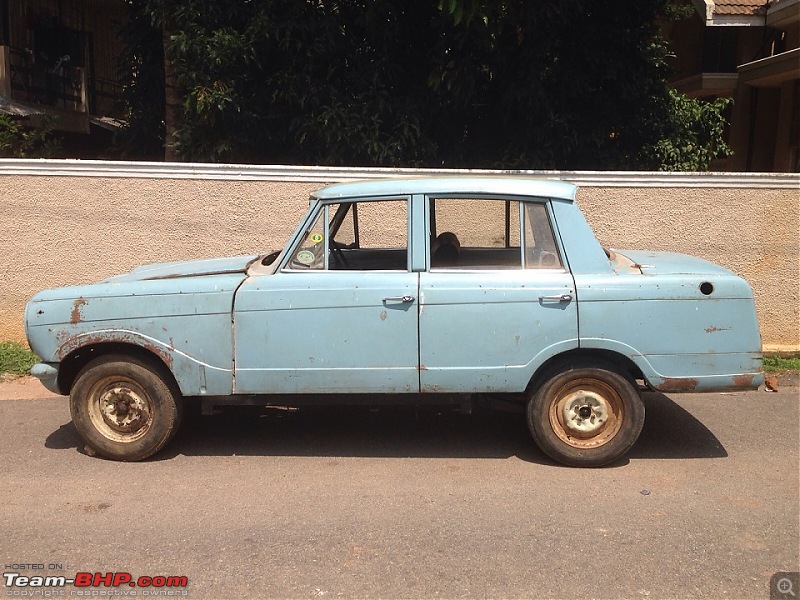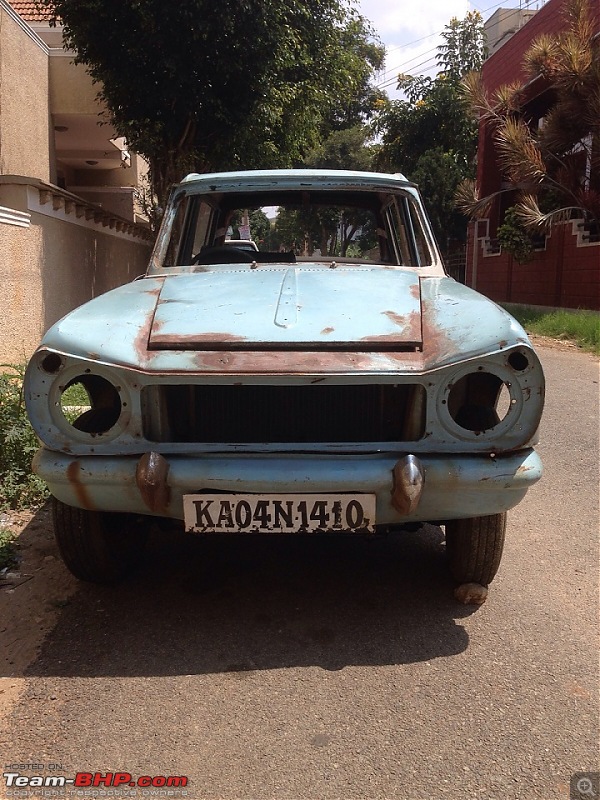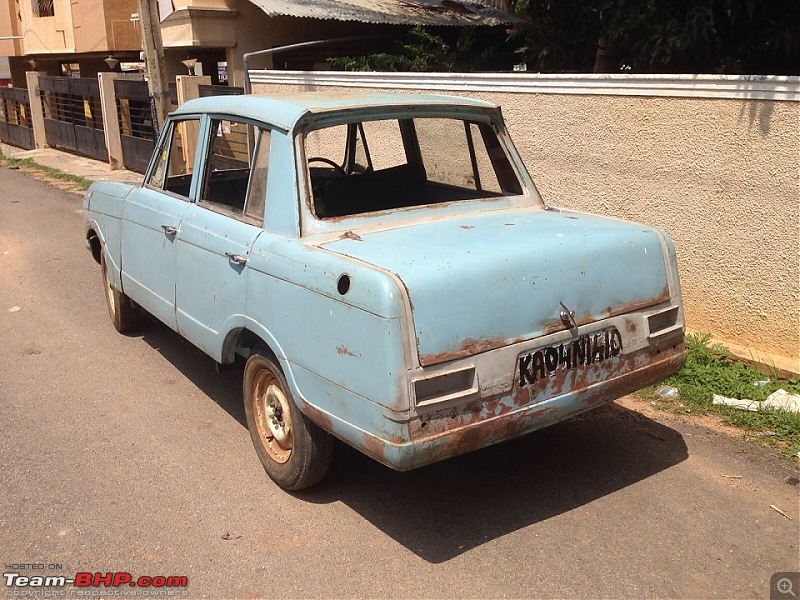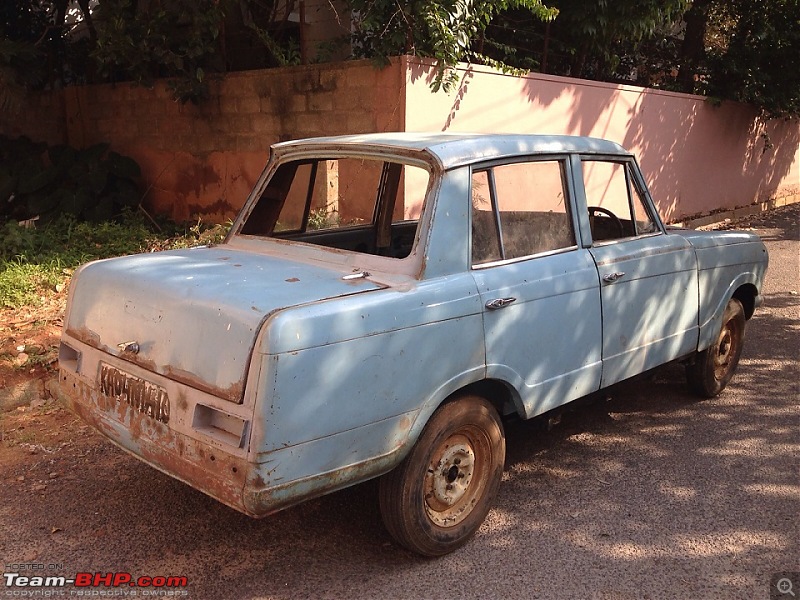| | #76 |
| Senior - BHPian Join Date: Apr 2009 Location: Bangalore
Posts: 2,556
Thanked: 1,145 Times
| |
| |
| |
| | #77 |
| BHPian | |
| |
| | #78 |
| Distinguished - BHPian  Join Date: Jul 2007 Location: MUMBAI
Posts: 3,059
Thanked: 5,408 Times
| |
| |  (7)
Thanks (7)
Thanks
|
| | #79 |
| BHPian Join Date: Dec 2009 Location: planet earth
Posts: 890
Thanked: 1,195 Times
| |
| |  (10)
Thanks (10)
Thanks
|
| | #80 |
| BHPian Join Date: May 2008 Location: Bangalore
Posts: 196
Thanked: 405 Times
| |
| |
| | #81 |
| Distinguished - BHPian  Join Date: Jul 2007 Location: MUMBAI
Posts: 3,059
Thanked: 5,408 Times
| |
| |  (4)
Thanks (4)
Thanks
|
| | #82 |
| Senior - BHPian Join Date: Apr 2009 Location: Bangalore
Posts: 2,556
Thanked: 1,145 Times
| |
| |  (4)
Thanks (4)
Thanks
|
| | #83 |
| BHPian Join Date: Dec 2009 Location: planet earth
Posts: 890
Thanked: 1,195 Times
| |
| |  (3)
Thanks (3)
Thanks
|
| | #84 |
| Senior - BHPian Join Date: Apr 2009 Location: Bangalore
Posts: 2,556
Thanked: 1,145 Times
| |
| |
| | #85 |
| Senior - BHPian | |
| |  (2)
Thanks (2)
Thanks
|
| | #86 |
| Distinguished - BHPian  | |
| |  (5)
Thanks (5)
Thanks
|
| |
| | #87 |
| Senior - BHPian | |
| |  (2)
Thanks (2)
Thanks
|
| | #88 |
| BHPian Join Date: Dec 2009 Location: planet earth
Posts: 890
Thanked: 1,195 Times
| |
| |  (2)
Thanks (2)
Thanks
|
| | #89 |
| BHPian | |
| |
| | #90 |
| Newbie Join Date: Jul 2007 Location: New York
Posts: 24
Thanked: 10 Times
| |
| |  (10)
Thanks (10)
Thanks
|
 |
Most Viewed




 .
. .
.





